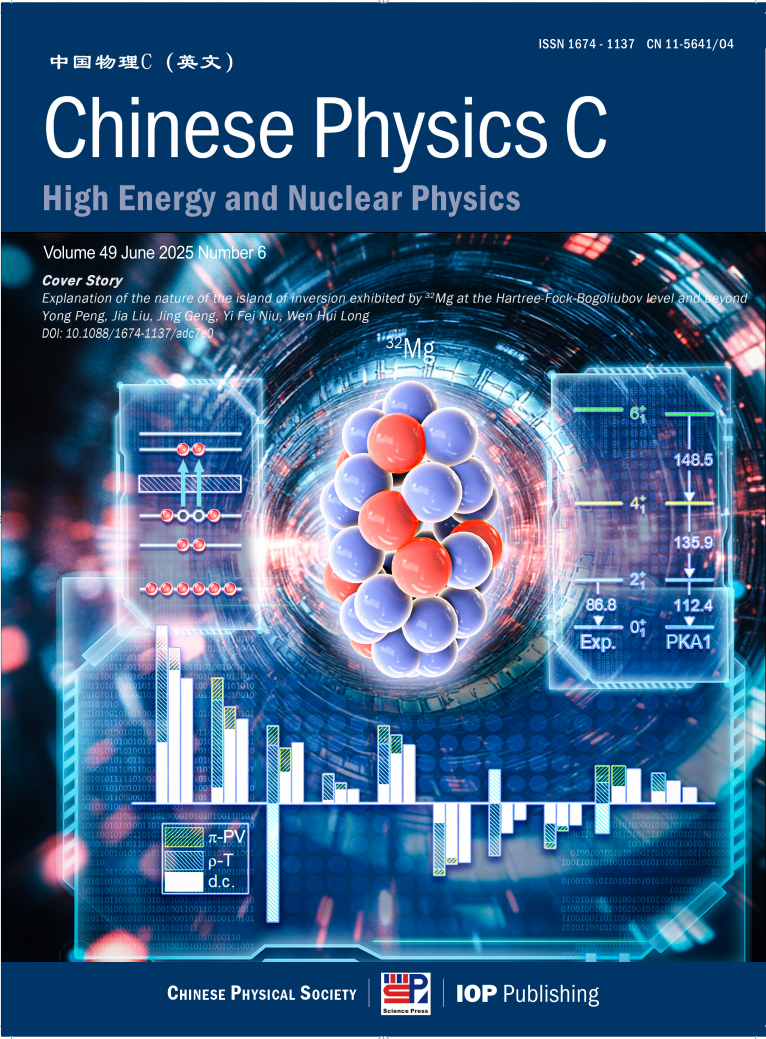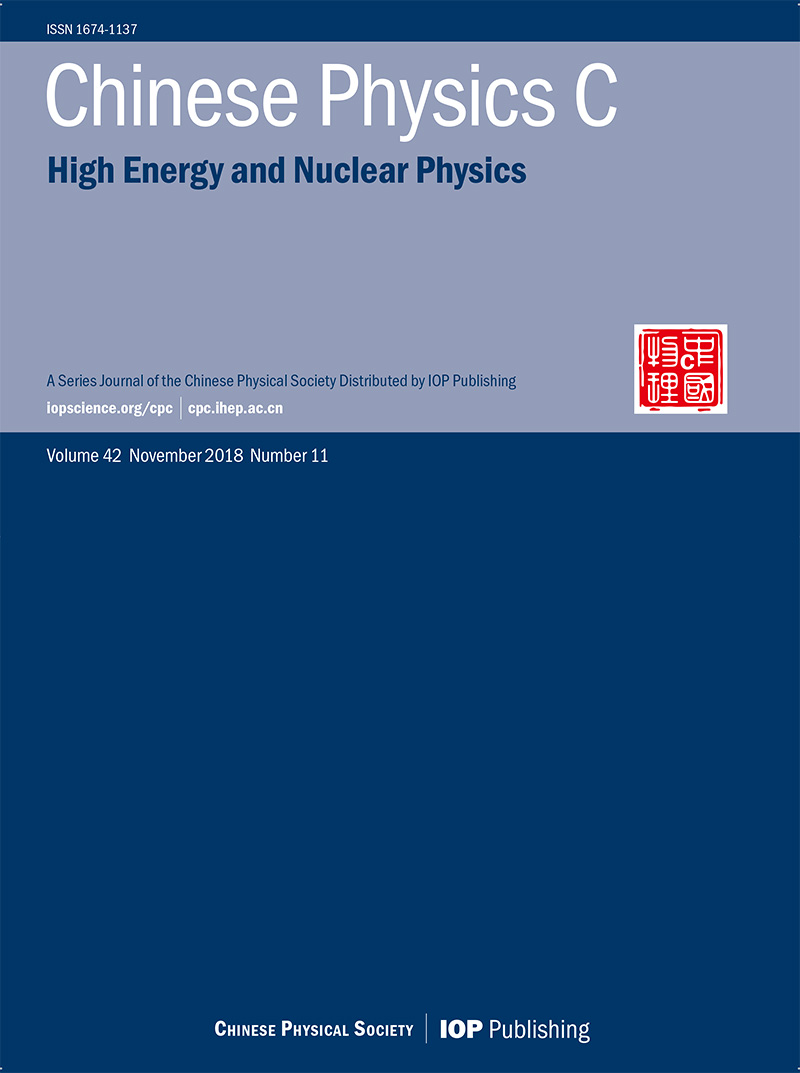Comments on Explanation of the nature of the island of inversion exhibited by 32Mg at the Hartree-Fock-Bogoliubov level and beyond
Author: Shan-Gui Zhou (Institute of Theoretical Physics, Chinese Academy of Sciences, Beijing)
The shell structurein atomic nuclei, associated with the magic numbers 2, 8, 20, 28, 50, and 82 for both neutrons and protons, and additionally 126 for neutrons, was proposed forover half a century, and it has provided a solid foundation for various studiesof nuclear structure. However, recent extensive studies show that the shell structure changes with the mass number and isospin, and some magic shells couldbe quenched in unstable nuclei. A hallmark example is the “island of inversion”, which is characterized by the significant cross-shell particle-hole configurations in the ground states of nuclei. How to provide a unified and reliable description and prediction for the various anomalous features of the “island of inversion”, including the breakdown of magic numbers, has been apersistent challenge for modern nuclear structure models.
For 32Mg, at the heart of N = 20 “island of inversion”, its deformation and low-lying excitation properties have been successfully explained using the axially deformed relativistic Hartree-Fock-Bogoliubov (D-RHFB) and the configuration-interaction relativistic Hartree-Fock (CI-RHF) models. In addition to the conventional pictures of cross-shell excitation or pf-intrusion, this study shows that the breakdown of the magic nature at N = 20, characterized by remarkably low excitation energies and significant deformations, can be understood in terms of the breaking of pseudo-spin symmetry. Furthermore, the study highlights the importance of exchange correlations, especially the ρ meson tensor coupling, in nuclear binding and the configuration interactions. Notably, the D-RHFB and CI-RHF frameworks are universally applicable, providing robust tools for describing and predicting such phenomena across the nuclear chart.
Reference
[1] Peng Yong , Liu Jia , Geng Jing , Niu Yi Fei , Long Wen Hui, Chin. Phys. C 49, (2025) 064112














